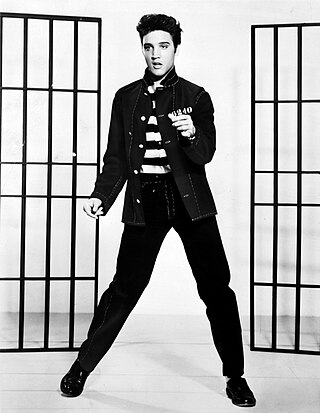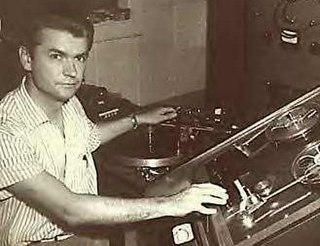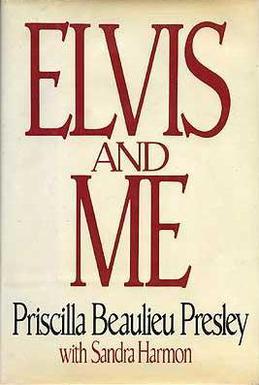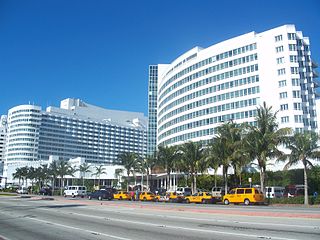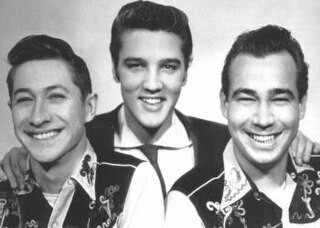Background

On July 15, 1959 it was announced that Presley, upon his release from the US Army, would be making his first television appearance on Frank Sinatra's fourth and final Timex-sponsored variety show. [1] For the special, originally titled Frank Sinatra's Welcome Home Party for Elvis Presley, he would receive $125,000, an unheard of sum at the time for a single television appearance. [2] Sinatra was not pleased with Presley's fee, knowing full well this exceeded his compensation for hosting the entire program. [1] [3] He accepted, aware that a Presley appearance would attract huge ratings for the hour, something that his three previous specials had failed to do. [3] Presley's manager, Colonel Tom Parker, also made it very clear that this sum was for only two songs, approximately 6–8 minutes. [2] Parker had hoped that showcasing Presley on Sinatra's show would re-introduce him to an older audience, a more mature target market less likely to dismiss him in favor of the next teen idol. [4] The television special would bring together two of the music world's biggest stars, each with their own legendary titles; Sinatra was known as the Voice and Presley was known as the King. [5] Realizing the publicity from such a media event, Parker was intent on seeing this opportunity run as smooth as possible for his client. [5]
On March 3, 1960 Presley, aged 25, returned to the United States from West Germany. Sinatra had arranged for his daughter, Nancy, to be part of the welcoming party, presenting Presley with a box of dress shirts on behalf of her father. [6] When asked who his current favorite singers were, Presley mentioned Sinatra along with Dean Martin, Patti Page, and Kitty Kallen. [6] Two days later, two years after he'd been drafted into the US Army, Presley was honorably discharged. [7] Two weeks later he was in Nashville, Tennessee, to lay down some new material for an eagerly anticipated single release and an album. Two songs he recorded on March 21, "Stuck On You" and "Fame And Fortune", were chosen as the two sides of his first post-army single, and he would perform both songs live on the Sinatra Timex television special. [4] On March 21, after completing two additional songs for the album, Presley boarded a train from Nashville to Miami, Florida. [7] Arriving in Miami the following day, Presley checked into the Fontainebleau Hotel, the venue where the show would be taped. [3] [7] He spent the remainder of the week rehearsing for the show, which was scheduled to be recorded on March 26, and met with Sinatra to promote the show in a carefully staged meeting that was photographed for press release. [8]
The meeting between the two was eagerly monitored by the media. [8] Sinatra and Presley had been musical rivals since the 1950s, and on occasion they had each been asked their opinions on the other. Sinatra had written an article in a French magazine, Western World, in 1957, describing rock and roll music as "sung, played and written for the most part by cretinous goons and by means of its almost imbecilic reiterations and sly, lewd—in plain fact, dirty—lyrics, and as I said before, it manages to be the martial music of every sideburned delinquent on the face of the earth … this rancid-smelling aphrodisiac I deplore." [9] When asked his reaction to hearing this, Presley responded “He has a right to his opinion, but I can’t see him knocking it for no good reason. I admire him as a performer and an actor but I think he’s badly mistaken about this. If I remember correctly, he was also part of a trend. I don’t see how he can call the youth of today immoral and delinquent." [9] The press, either known or unknown to Sinatra and Presley, was attempting to cause a rift between the pair. They, however, had nothing but good things to say about each other when asked specifically how they felt. Sinatra, when specifically asked about Presley's singing style, responded “Only time will tell. They said I was a freak when I first hit, but I’m still around. Presley has no training at all. When he goes into something serious, a bigger kind of singing, we’ll find out if he is a singer. He has a natural, animalistic talent.” [9] For his part, when asked again about Sinatra's previous comments regarding rock and roll, Presley was just as kind about Sinatra; "I admire the man... He is a great success and a fine actor". [10]
Before the taping of the show, Sinatra was questioned about whether or not he had changed his mind about rock and roll music. He suggested he hadn't by simply responding "The kid's been away two years, and I get the feeling he really believes in what he's doing." [8]
